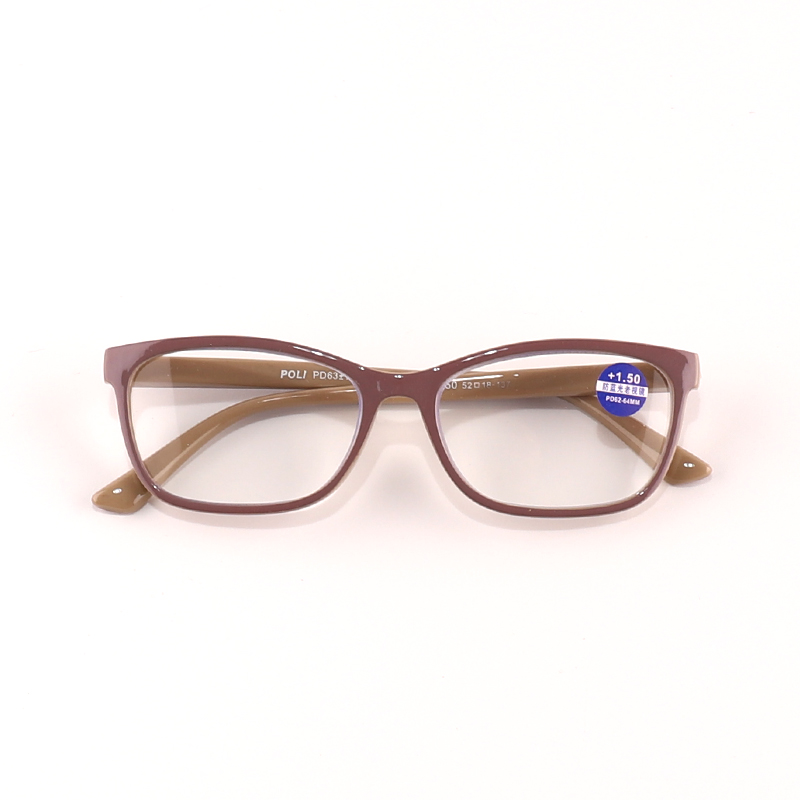



Folding reading glasses have gained popularity in recent years due to their convenience, portability, and practical function. Designed to be compact and easy to carry, these glasses offer a reliable solution for individuals who need vision support on the go. As reading glasses are often used throughout the day in various settings, the ability to fold and store them in a pocket, bag, or compact case makes them a highly functional choice.

Whether used as a primary or backup pair, folding reading glasses are designed for convenience without compromising clarity or comfort.
When selecting folding reading glasses, several features should be considered to ensure functionality, comfort, and long-term use.
The primary advantage of folding reading glasses lies in their ability to collapse into a smaller form. Common folding styles include:
Bridge Folding: The glasses fold at the nose bridge, allowing the two lens frames to close inward.
Temple Folding: The arms fold inward in one or two segments, further reducing the overall size.
Multi-Hinge Folding: Some models use several small hinges to create a compact, layered fold that fits into a thin carrying case.
It is important to check that the folding mechanism is smooth and secure. Hinges should be durable and resist becoming loose over time.
Folding glasses come in various materials, each offering different advantages:
Metal Frames: Stainless steel, aluminum, or titanium provide a sleek look and good strength. These materials resist bending and are often lightweight.
Plastic Frames: Acetate and TR90 plastic frames are lightweight and flexible, suitable for those who prefer a softer or more colorful appearance.
Hybrid Frames: Some models combine metal and plastic to achieve a balance of strength and comfort.
Since folding glasses are handled frequently and stored in pockets or small cases, choosing a durable frame is essential.
Lens quality directly affects reading comfort. Many folding reading glasses come with pre-set magnification levels, usually ranging from +1.00 to +3.50 diopters. Selection should be based on the user's current reading needs, with professional guidance recommended for time users.
Additional lens features to consider include:
Anti-Scratch Coating: Protects the lenses from everyday wear and tear.
Anti-Reflective Coating: Reduces glare from screens and lighting.
Blue Light Filtering: Helps reduce eye strain from prolonged screen use.
UV Protection: Beneficial for outdoor reading or sunlight exposure.
Despite their compact design, folding reading glasses should still fit comfortably. Key comfort factors include:
Adjustable Nose Pads: Found in many metal-frame models, these improve fit and reduce slipping.
Spring Hinges: Allow the temples to flex outward slightly, accommodating various head sizes and improving comfort during extended use.
Lightweight Construction: Essential for reducing pressure on the nose and ears during frequent wear.
Trying the glasses on or choosing models with flexible design elements can help ensure a secure and comfortable fit.
Many folding reading glasses are sold with compact carrying cases, which are essential for protecting the glasses when not in use. Some cases are slim enough to fit into a shirt pocket or a small compartment in a handbag. Others feature clip-on or keychain attachments for even greater convenience.
The glasses should be easy to unfold and refold, especially for users who may rely on them quickly in busy or outdoor environments.
While functionality is important, appearance still plays a role. Folding reading glasses are available in a wide range of frame styles and colors, from minimalistic metal frames to more expressive plastic designs. Users can select a design that suits their personal style while still enjoying the practical advantages of folding technology.